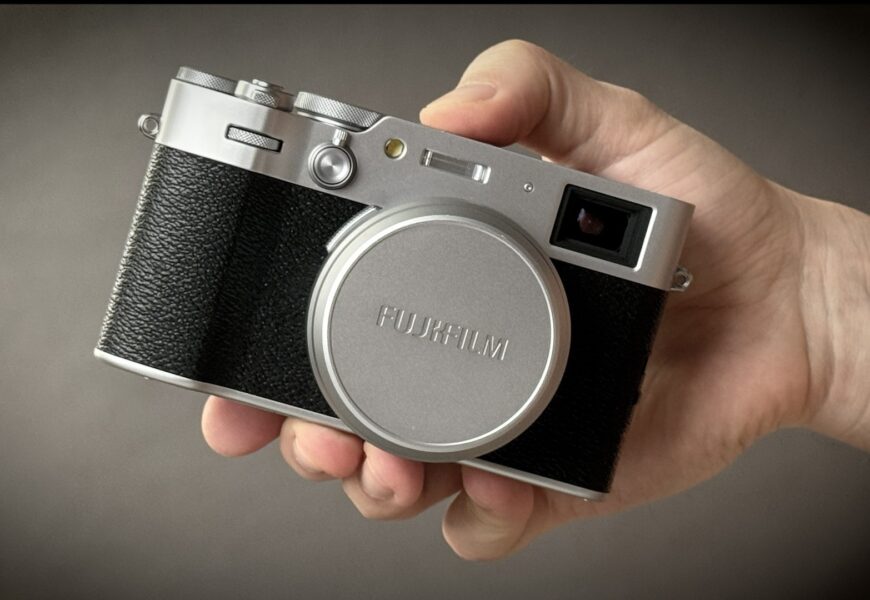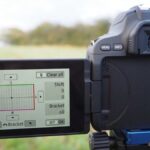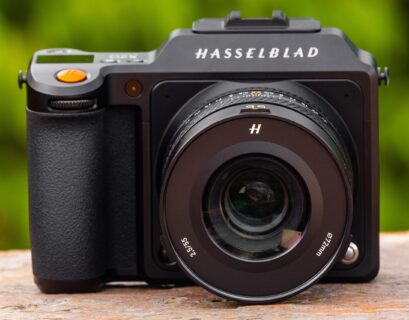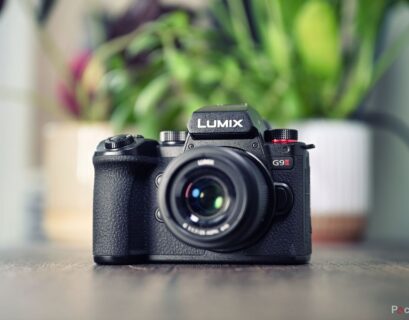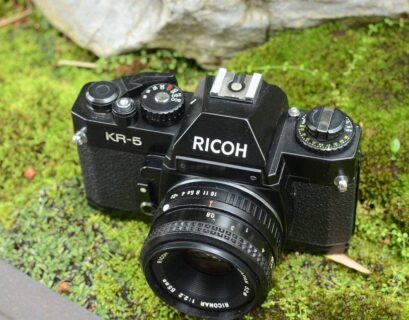As a photographer, I’ve had the pleasure of working with various camera brands over the years, but none have left a lasting impression on me like Fujifilm. With a rich history spanning over 80 years, Fujifilm has consistently pushed the boundaries of innovation and excellence in the world of photography. In this review, I’ll delve into the world of Fujifilm cameras, exploring their strengths, weaknesses, and what sets them apart from the competition.
History and Heritage
Fujifilm’s journey began in 1934, when the company started producing photographic film. Over the years, they expanded their product line to include cameras, lenses, and other photography-related equipment. Fujifilm’s commitment to innovation and quality has earned them a reputation as one of the most respected names in the industry.
Camera Lineup
Fujifilm’s camera lineup is diverse and extensive, catering to photographers of all levels and genres. From entry-level point-and-shoot cameras to high-end mirrorless models, Fujifilm offers a range of options to suit every photographer’s needs. Some of their most popular models include:
- X-T series: Fujifilm’s flagship mirrorless camera line, featuring advanced features like 4K video, weather-sealing, and interchangeable lenses.
- X-A series: A more affordable option for beginners and enthusiasts, offering a range of features like Wi-Fi connectivity and touchscreen functionality.
- X100 series: A line of premium compact cameras with advanced features like hybrid autofocus and a fixed lens.
Key Features and Strengths
Fujifilm cameras are renowned for their exceptional image quality, thanks to their proprietary X-Trans sensors. These sensors use a unique color filter array to capture images with exceptional color accuracy and resolution. Other notable features include:
- Film Simulation Modes: Fujifilm’s cameras come with a range of film simulation modes, mimicking the look and feel of classic film stocks. This feature allows photographers to achieve unique, nostalgic effects.
- Weather-Sealing: Many Fujifilm cameras feature weather-sealing, making them suitable for use in harsh environments.
- Ergonomic Design: Fujifilm cameras are designed with ergonomics in mind, providing comfortable grip and intuitive handling.
- Lens Ecosystem: Fujifilm’s lens lineup is extensive and high-quality, with many lenses featuring weather-sealing and a range of focal lengths.
Weaknesses and Areas for Improvement
While Fujifilm cameras are generally excellent, there are a few areas where they could improve:
- Autofocus: While Fujifilm’s autofocus system is generally reliable, it can struggle in low-light conditions or when tracking fast-moving subjects.
- Video Capabilities: While Fujifilm cameras can record high-quality video, they lack some of the advanced features and stabilization found in dedicated video cameras.
- Battery Life: Fujifilm cameras can have relatively short battery life, especially when using features like Wi-Fi connectivity.
Conclusion
Fujifilm has established itself as a leader in the photography industry, with a legacy of innovation and excellence. Their cameras offer a unique blend of image quality, features, and ergonomics that set them apart from the competition. While there are areas for improvement, Fujifilm’s commitment to quality and innovation ensures that their cameras remain a top choice for photographers of all levels. Whether you’re a professional or enthusiast, Fujifilm cameras are definitely worth considering.
Rating: 4.5/5
Recommendation: Fujifilm cameras are suitable for photographers of all levels, from beginners to professionals. If you’re looking for a high-quality camera with exceptional image quality and a range of features, Fujifilm is definitely worth considering.

